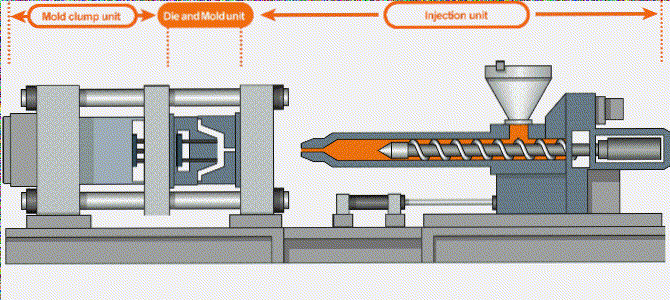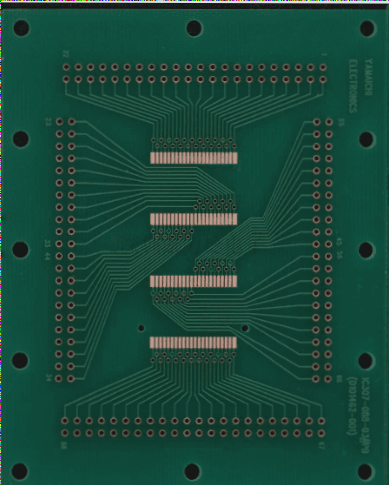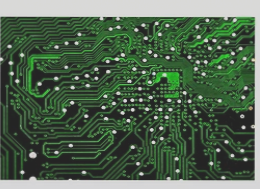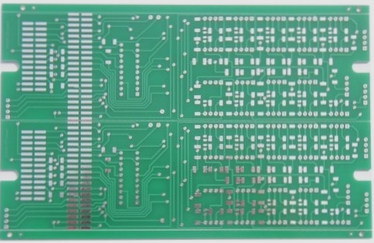Advanced Technologies for PCB Recycling
- Wind shaker technology
- Flotation separation technology
- Cyclone separation technology
- Float-sink separation
- Eddy current separation technology
Supercritical Technology Processing Method
Supercritical fluid extraction technology utilizes pressure and temperature to extract and separate components without altering their chemical composition. Supercritical CO2 extraction offers environmental friendliness, convenient separation, low toxicity, minimal residue, and room temperature operation.
Research focuses on using supercritical fluids to extract resin, brominated flame retardants, and metals from waste PCBs. While effective, drawbacks include the need for entrainers, expensive equipment, and high energy consumption.
Chemical Method
Chemical treatment technology leverages the varying chemical stabilities of PCB components for extraction.
Heat Treatment Method
Heat treatment separates organic matter and metals through high temperatures, including incineration, vacuum cracking, and microwave methods.
Incineration Method
Incineration involves combusting electronic waste to decompose organic components and separate gases from solids. The method produces waste gases and toxic substances.
Cracking Method
Pyrolysis decomposes organic matter into oil and gas in an oxygen-free environment, reducing dioxin and furan production.
Microwave Processing Technology
Microwave heating decomposes organic matter, melts glass fiber and metals into a vitrified substance, allowing for efficient resource recovery with low energy consumption.
Hydrometallurgy
Hydrometallurgy extracts metals from electronic waste using acidic liquids like nitric acid, sulfuric acid, and aqua regia, offering reduced emissions, easier residue disposal, economic benefits, and a simpler process flow.
Biotechnology
Biotechnology in Metal Recovery
Biotechnology utilizes the adsorption of microorganisms on mineral surfaces and microbial oxidation to extract metals. There are two main types of microbial adsorption: using microbial metabolites to immobilize metal ions and directly immobilizing metal ions with microbes. The former involves bacteria producing hydrogen sulfide to fix metal ions, leading to floc formation and sedimentation. The latter uses ferric ions’ oxidizing properties to oxidize metals in alloys like gold, making them easier to recover.
Challenges and Opportunities
While biotechnology offers a simple, cost-effective, and operationally easy method for extracting precious metals like gold, it faces challenges such as longer leaching times and lower recovery rates, limiting its widespread application.
Importance of E-Waste Recycling
E-waste is a valuable resource that requires enhanced research and implementation of metal recycling technologies from both economic and environmental standpoints. Due to the complexity of e-waste, a single technology cannot effectively recover all metals. Future e-waste processing technologies should focus on industrialized processing methods, maximizing resource recycling, and implementing advanced scientific techniques.
Conclusion
Studying the recycling of discarded PCBs not only helps protect the environment and prevent pollution but also aids in resource recovery, energy conservation, and sustainable economic and social development.




